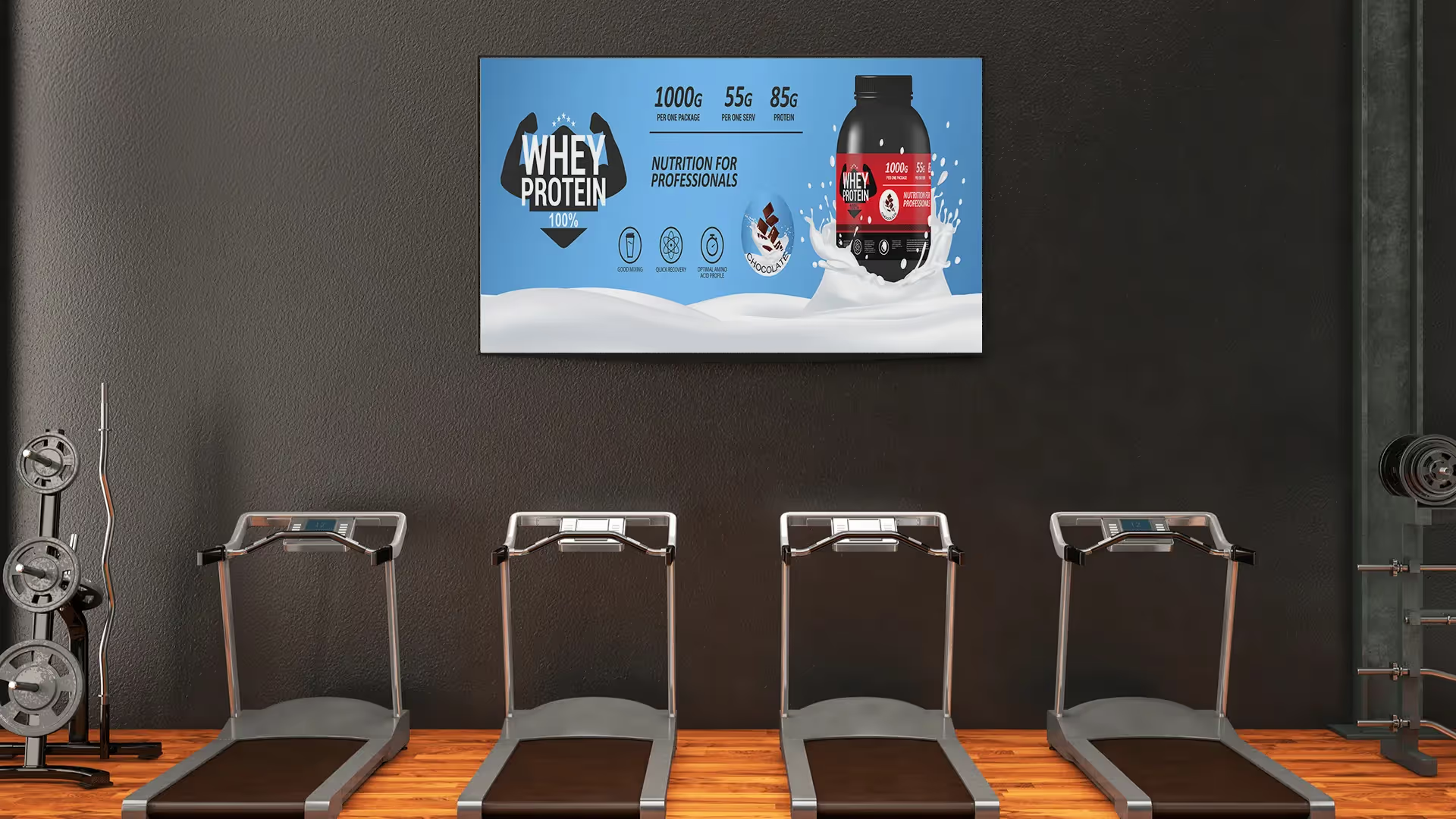What to remember
Did you like our first body language tutorial? The one on the arms crossed? And you want to see another one? That's good, so are we! Precisely, Camille - business developer at EasyMovie - agreed to join the game to tell us how to properly place your legs in front of a camera.
We're not yet sure exactly what you're thinking about just by watching you gesticulate, but we're getting close. Camille is very good at detecting ideas that are not pronounced but well presented. She has a real appetite for reading about bodies as she reads books that are half open - because, let's face it, it's not easy either...
1. The dream stand
Are you looking for the perfect armchair for your living room? The one you'll spend your Saturday nights watching Les Demoiselles de Rochefort or any other masterpiece by Jacques Demy ? The one you will be sitting on when your grandchildren come and sit on your lap by themselves? The one from which you can watch the 2022 World Cup final opposing France to [enemy countries still unknown]? Well you are in the wrong place! Here we are talking about the perfect support to support you during your audiovisual creations.
Our dear Camille already recalls it in the video, but an armchair that is too comfortable is Rarely a good idea as part of a Corporate movie. While some speakers know how to control themselves perfectly and do not have the annoying habit of sinking to the bottom as if to start a nap like the less experienced ones, others fall into the trap. The ideal when you are sitting in front of a camera is To opt for a raised stool. This one will further sculpt your figure and will maintain your speech rate, because yes, posturing Play on the energy of pronunciation.
The other big advantage of the raised stool is of course getting rid of your legs... Yes it's weird to say that, but we explain ourselves in the following lines.
2. Leg wraps ⚽️
So the legs! Unlike the arms, the speakers are less asking the question.”What can I do with my legs?“. Indeed, they wriggle less generally, especially when sitting. On a raised stool you will be less encumbered by your legs because if you hesitate between crossing them or leaving them hanging, you can simply Put your feet on the ground and the problem is fixed.
Then, as for the meaning of their positioning, your legs can be crossed in different ways, and therefore tell several things. Exactly like arms crossed.
For example, if you come across them while posing a Ankle on one knee, the position is ample enough to give An impression of complacency which is not necessarily the most pleasant for a first contact. While the Overlapping knees - way minister - offer you a more serious and confident look. Crossing your legs this way can mean you know what you're talking about.














